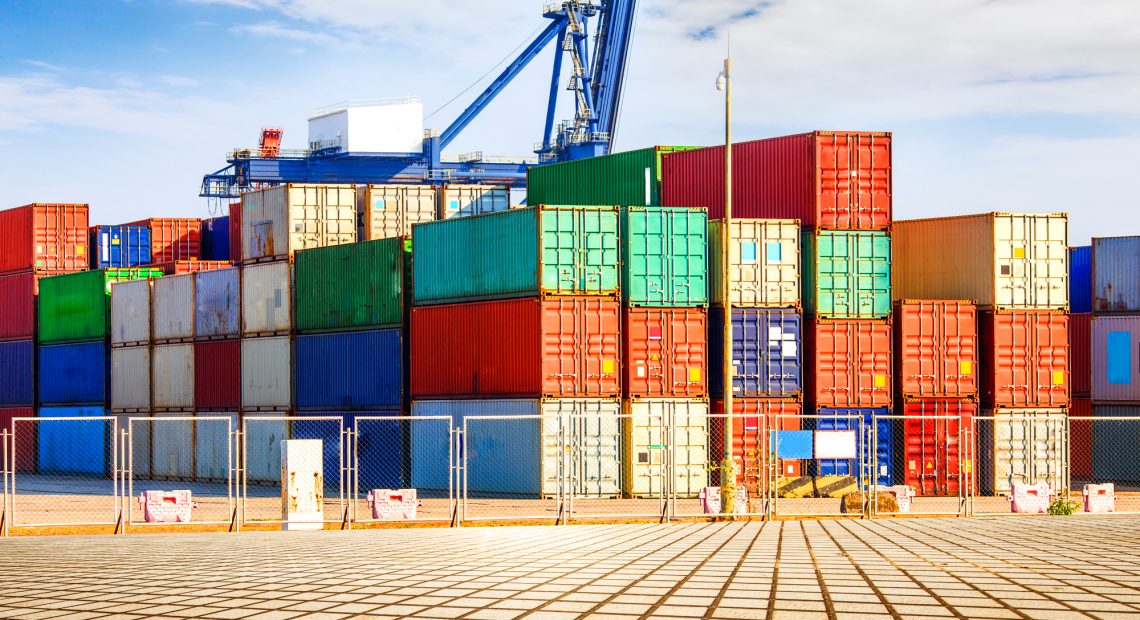
India’s Vadhvan Port: A $9 Billion Maritime Game-Changer
India has embarked on an ambitious maritime infrastructure project with the development of Vadhvan Port in Maharashtra’s Palghar district. This $9 billion initiative is set to become the country’s largest port and aims to position India as a pivotal player in global trade.
Strategic Location and Design
Situated near Dahanu, approximately 150 kilometers from Mumbai, Vadhvan Port is strategically located to serve the vast hinterland regions of Maharashtra, Gujarat, western Madhya Pradesh, and northern Indian states. The port is designed as an offshore deep-sea facility, featuring an artificial harbor protected by extensive breakwaters. This design enables the accommodation of Ultra Large Container Ships (ULCS) with drafts of up to 20 meters, significantly enhancing India’s capacity to handle large-scale maritime traffic.
Comprehensive Infrastructure
The port’s infrastructure plan includes nine container terminals, each extending 1,000 meters, four multipurpose berths, four liquid cargo berths, a Roll-on/Roll-off (Ro-Ro) berth, and a dedicated berth for the Coast Guard. Additionally, the project entails reclaiming approximately 1,448 hectares from the sea and constructing a 10.14-kilometer offshore breakwater, ensuring robust protection against adverse weather conditions.
Environmental and Technological Considerations
Vadhvan Port is envisioned as a green and smart port, incorporating nature-based solutions to mitigate the impacts of climate change. The design emphasizes resilience against flooding and storms, aligning with global sustainability standards. Advanced technologies are planned for implementation to optimize operational efficiency and environmental performance.
Collaborative Development Efforts
The development of Vadhvan Port is a collaborative effort between the Jawaharlal Nehru Port Authority (JNPA) and the Maharashtra Maritime Board, with respective stakes of 74% and 26%. This partnership underscores a commitment to enhancing India’s maritime infrastructure through public-private collaboration.
Global Attention and Economic Impact
The project’s scale and strategic importance have attracted global attention, with international shipping companies expressing interest in participating. The port is projected to handle 23.2 million Twenty-Foot Equivalent Units (TEUs) annually by 2040, positioning it among the top 10 container ports worldwide. This capacity is expected to significantly bolster India’s trade capabilities and economic growth.
Conclusion
The Vadhvan Port project represents a monumental step in India’s quest to modernize its maritime infrastructure and assert its position in global trade. With its strategic location, advanced design, and collaborative development model, Vadhvan Port is poised to become a cornerstone of India’s economic landscape.


















